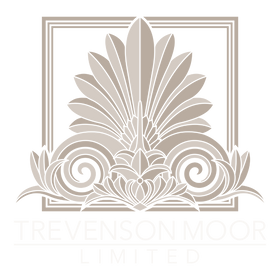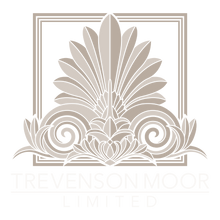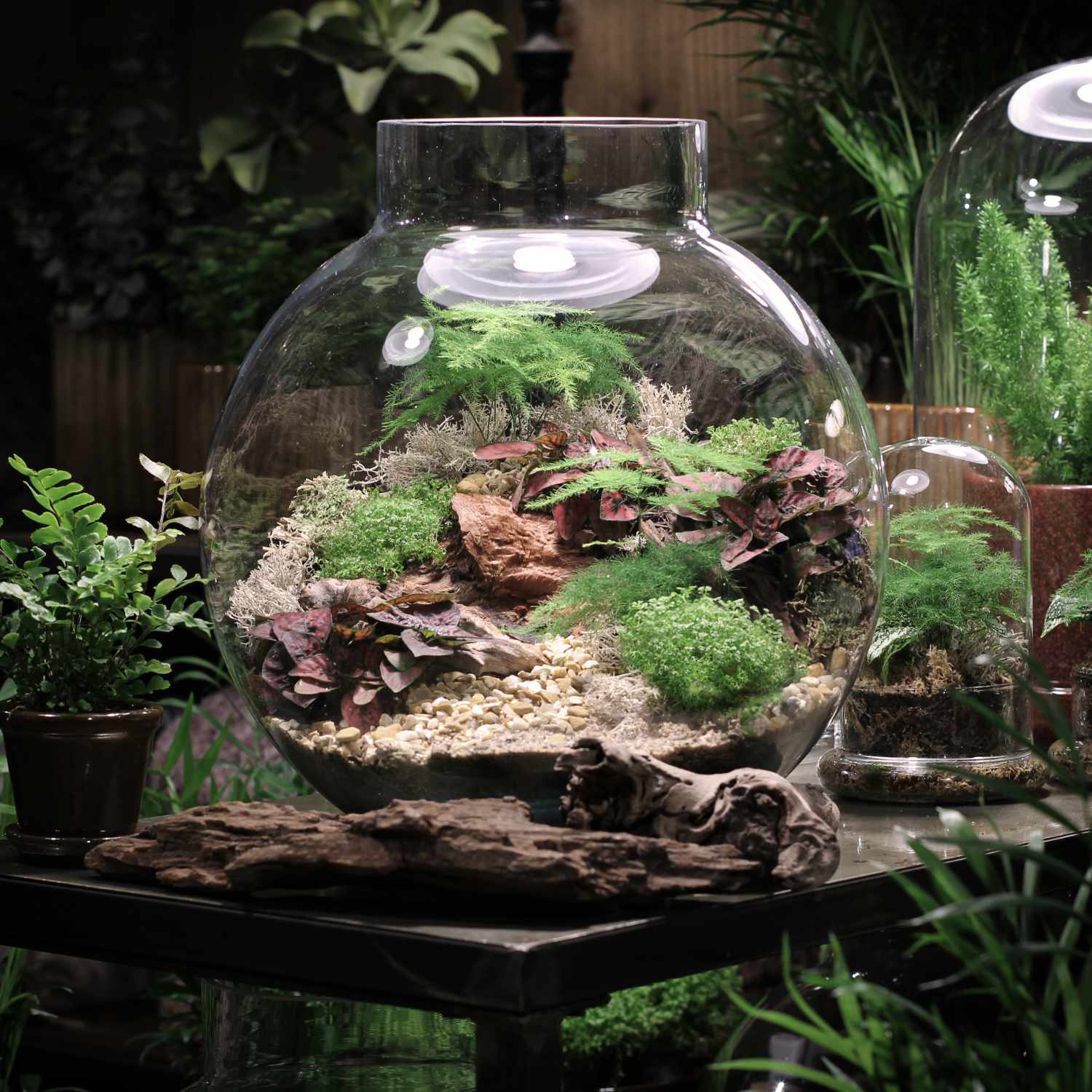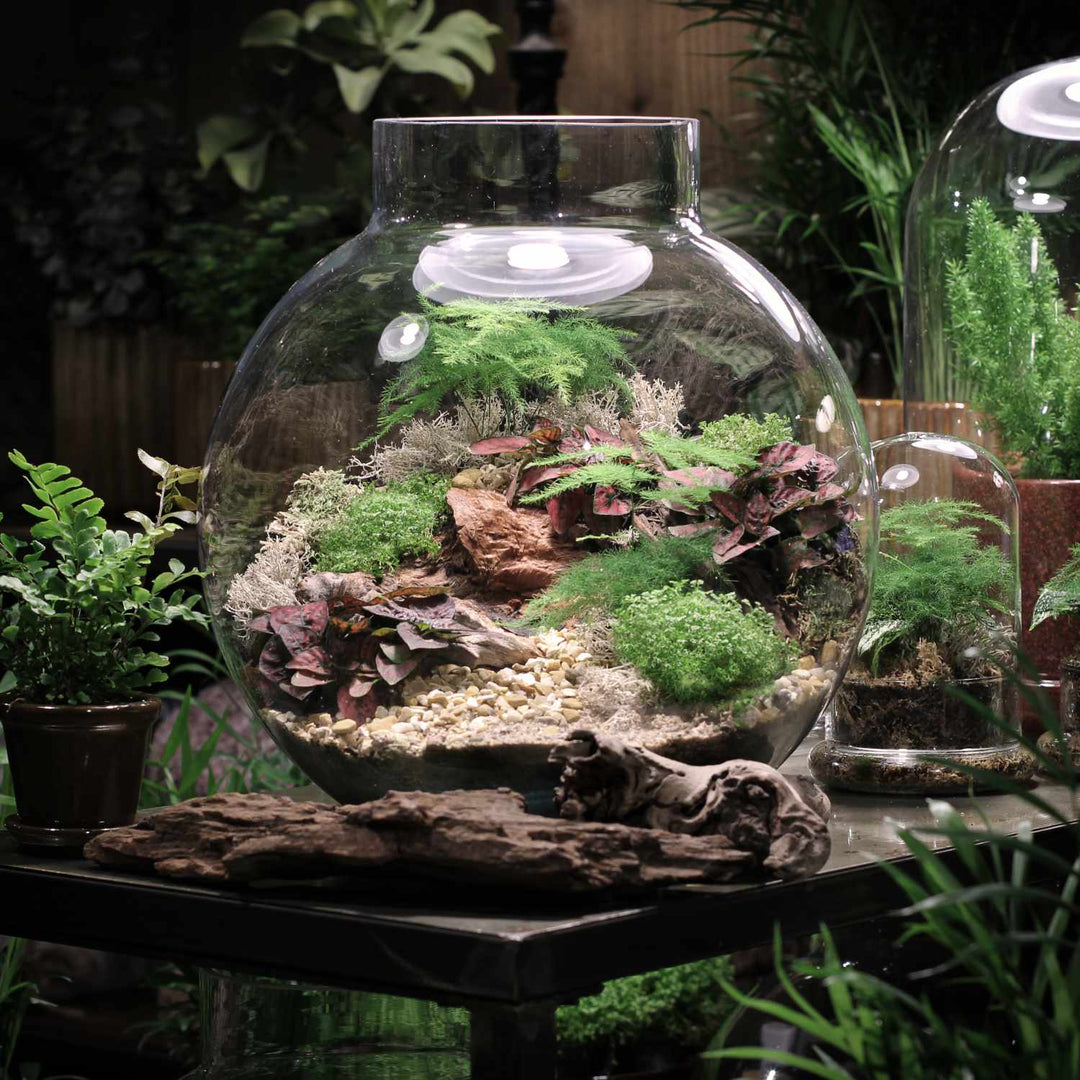As we head into Autumn and the weather becomes less favourable for being outside, why not create your own indoor miniature ecosystem to enjoy all year round. Simple to make and easy to care for, terrariums are open or closed glass containers that contain either cacti and succulents, or tropical plants.
When Was the Terrarium Invented?
The original terrarium was invented in 1842 by English botanist, Dr. Nathaniel Bagshaw Ward. When raising insects in a sealed glass jar, he noticed a fern spore germinating in the soil and condensation on the glass, and realised he had created a self-sufficient ecosystem protected from the industrial fumes engulfing London. Ward named his creation the Wardian Case, and a few years later, Wardian Cases were used to transport plants and crops such as coffee, sugar and rubber, around the world on voyages that they previously would not have survived.
Agricultural monopolies were broken, shaping our diets to this day, and disease remedies were distributed. Collectors sent plants using the Wardian Cases too, with Kew Gardens using them up until 1962. The middle and upper classes enjoyed displaying fern-filled terrariums on windowsills as pteridomania (fern fever) spread through the Victorian era. Although now seen as a decorative must for plant lovers, it shouldn’t be forgotten that terrariums were single-handedly responsible for globalising botany.
The Two Types of Terrarium
Terrarium popularity in interior design has bloomed in recent years, with miniature gardens being grown in all sorts of shape and sizes of containers. When creating a terrarium, it is firstly important to decide whether to use tropical plants or cacti and succulents. Open terrariums offer low humidity and moisture levels, so should be used for cacti and succulents. Many genera of cacti and succulents will be content in a terrarium; popular ones include:
- Echeveria
- Haworthia
- Sedum - Sedum ‘Burrito’ is a great option if you’re looking for a trailing succulent
- Crassula - Crassula ovata ‘Minima’ is a dwarf jade plant that can provide height to your design
- Kalanchoe
- Lithops
- Sempervivum
- Euphorbia horrida
-
Euphorbia pseudoglobosa
Tropical plants should be planted in a closed terrarium to create and maintain high humidity. Ideal tropical plants to use include:
- Fittonia
- Hypoestes phyllostachya
- Tradescantia
- Adiantum raddianum
- Spathiphyllum floribundum
- Selaginella apoda
- Asparagus setaceus
- Ferns such as Phlebodium aureum and Asplenium nidus
A Step-By-Step Guide to Creating a Terrarium (Open or Closed)
- Place a drainage layer of stones in the bottom of your terrarium, around 2 cm thick. You can change up the design by leaning the terrarium when setting it up to create an angle to the soil.
- Add activated charcoal, which will remove impurities from the air, water and soil, and reduces bacteria growth. The amount depends on the terrarium size: 5 litre = 1 tbsp, 15 litre = 2 tbsp, 35 litre = 2.5 tbsp, 55 litre = 3 tbsp.
- Add in the soil. Terrarium compost can be used for both open and closed terrariums. Or, a cacti specific compost can be used for open terrariums, and a houseplant specific compost can be used in closed terrariums.
- Place your plants in the terrarium, typically the tallest at the back, digging a small hole for each. Miniature hand tools such as these from Darlac may be useful for this step. Some terrariums come with hand tool kits (these can be found in-store).
- Use moss, stones or sand to cover up the bare soil if you wish.
- Water appropriately for your chosen plants. Open terrariums can be left to dry out, then give a decent water and repeat. For closed terrariums, water the inside of the glass, and leave the lid off for the first week, half cover it for the second week, then once all condensation has gone, fully close the lid. The terrarium should self-regulate, but check the soil stays moist.
- Enjoy your terrarium and watch the ecosystem thrive!
We stock everything you need to create your own terrarium both in-store and online, including a range of both open and closed terrariums, terrarium compost, activated charcoal, drainage layer stones, and decorative moss and stones. Many of the plants mentioned in this post can be found in-store, with new varieties readily available.







